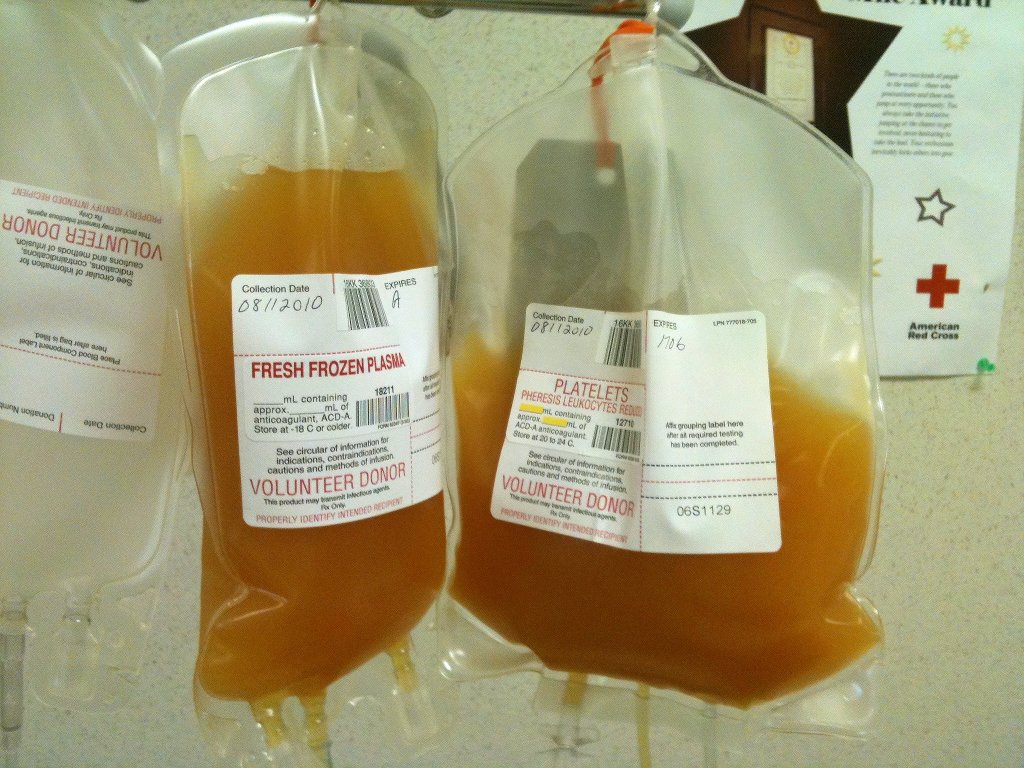The US-Mexico border occupies a central place in American politics. In our conversations about international security, the continued importance of race, violence, and ‘othering’ in the borderlands has only heightened in the light of events such as the El Paso shootings, racist anti-Mexican rhetoric from the Trump administration, and a surge in anti-Latin@ hate crimes throughout the US.

While this intense political struggle around who belongs with the US rages, mundane, daily life at the border continues. People continue to cross the border on a regular basis, as part of their daily or weekly routines, and one reason some Mexicanas/os are crossing into the U.S. is to sell their blood plasma at US donation centers. The plasma industry is an enormous global market, and the US is the major supplier – “the OPEC of plasma”. Arguably, this is because many donation centres in the US pay their donors. If you donate at the maximum frequency (twice a week), you can earn up to 400 US dollars a month – for donors like Fernando, who crosses the border twice a week from Juarex to El Paso, this is around double the income a factory job brings.
“Studying plasma donation allows us to interrogate how bodies are made more or less secure in international politics”
In my article, I argue that within a racist political climate where arguments around ‘the wall’ continue to burn, plasma donation provides a micro-site where a wider political struggle over the value of Mexicana/o lives is played out. Studying plasma donation allows us to interrogate how bodies are made more or less secure in international politics, by making visible how life and death are distributed and governed. Looking at practices of cross-border plasma donation gives us an opportunity to cut a window into a wider politics of racialized living and dying within the US. It can help us examine how understandings of race intersect with the governance of biological life, by exploring the discourses that emerge about a particular class of biological matter – plasma and plasma products. My article uses feminist technoscience studies (FTS) as its point of entry into these discussions around the governance of life. FTS is a body of feminist literature that has long explored the relationship between bodies and technology. Using FTS as a way into this conversation shows us how the distribution of life and death is not only played out in exceptional spaces of violence, but also in small, mundane daily interactions – such as donating plasma. FTS guides us towards questions not around who lives and who dies in international politics, but for who lives for whom, and how these relationships are governed.
In the article I therefore examine the two dominant framings of Mexicana/o plasma donation (in media and in industry literatures) to explore how life and death are apportioned between people in these practices. Firstly, I show how Mexicana/o plasma donors are presented as sites where biological life (in the form of plasma) can be extracted and distributed to others. Secondly, I show how Mexicana/o donors are simultaneously discussed as dangerous, presented as posing a threat to the safety of the plasma supply through an increased risk infectious disease. I argue that both of these framings are profoundly and violently objectifying, rooted in racist and colonial histories. Within them, Mexicana/o donors are framed as having value solely in relation to how they can make other bodies live or die. The worth of their own lives and bodies are not visible in these stories; only the benefit or detriment they may hold for others.
Studying these discourses in the context of plasma donation shows us that we cannot ignore the importance of race in forming our understanding of what/who counts as ‘human.’ Even after plasma is separated from the bodies of donors, a link remains between the donated plasma and the body it came from. Rather than becoming generically ‘human’ plasma, it is still understood and managed in specifically racialized ways. In the article, I argue this shows us that there is no generic or universal ‘human’. Instead, there are only ever specific humans. Studying plasma donation can therefore help us understand how ideas about race produces forms of life as different, and how this impacts their relative worth.